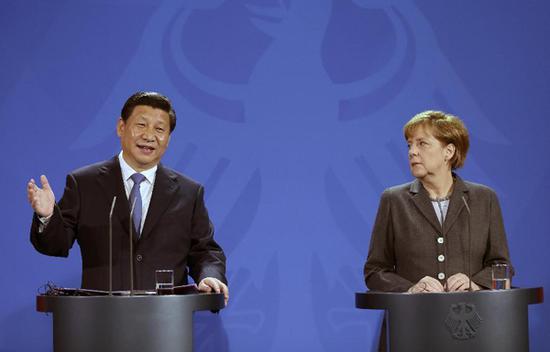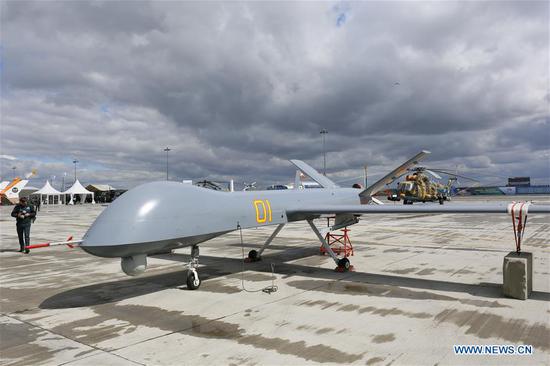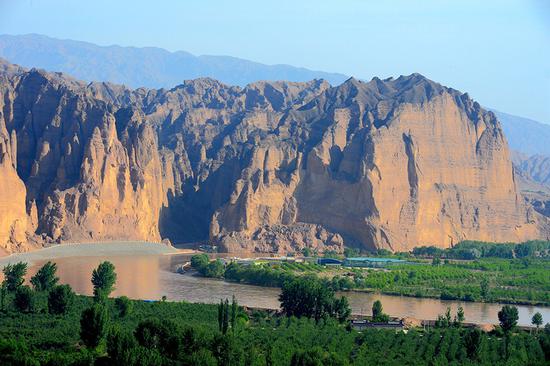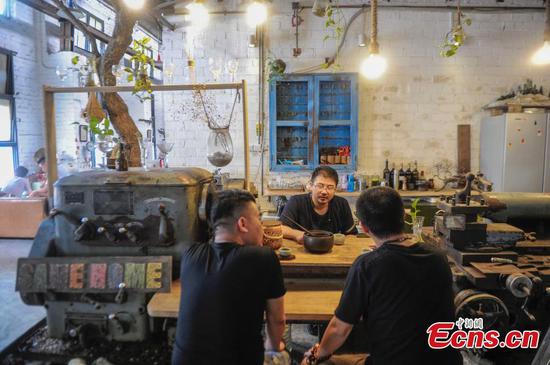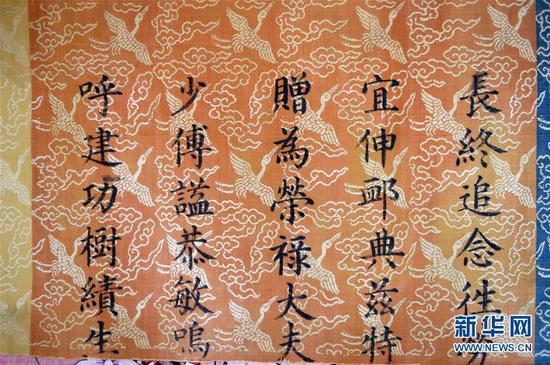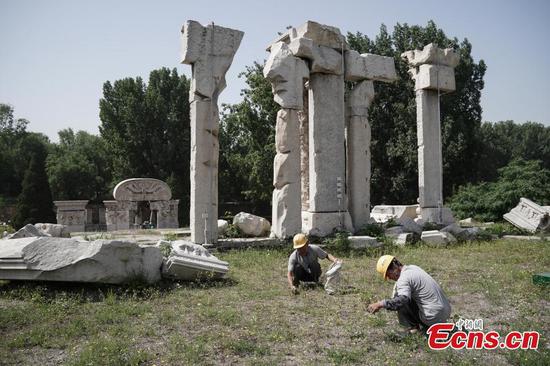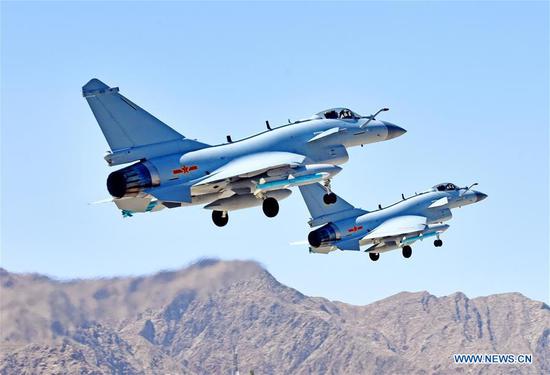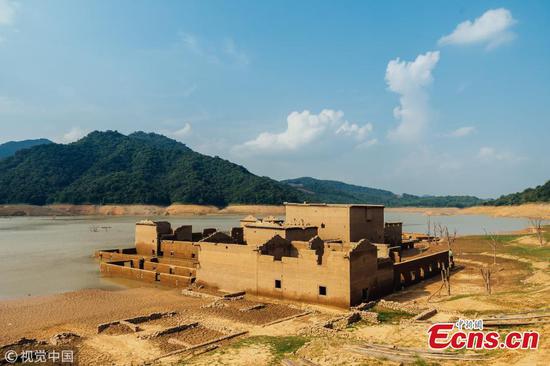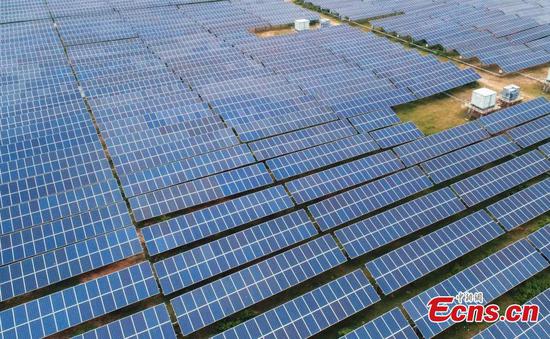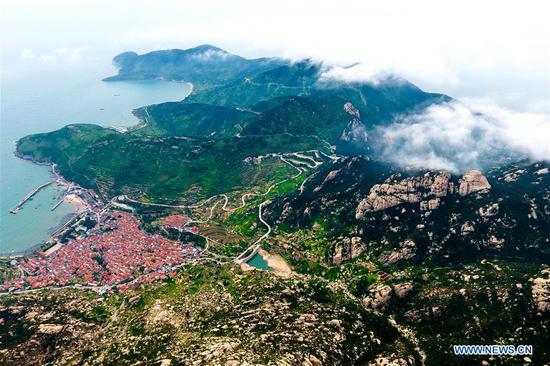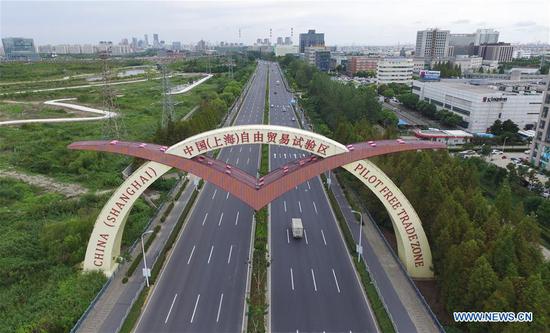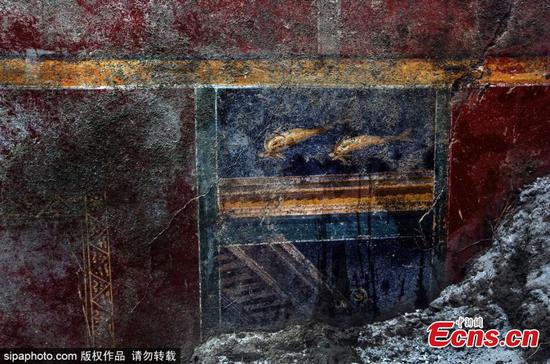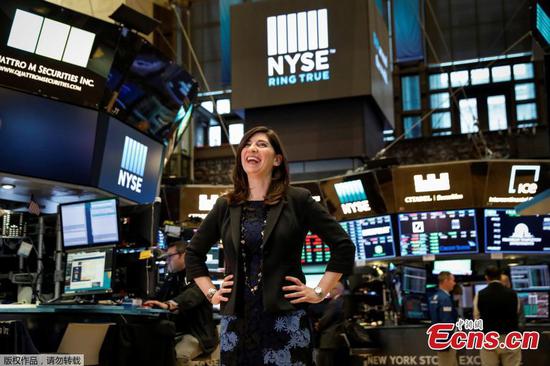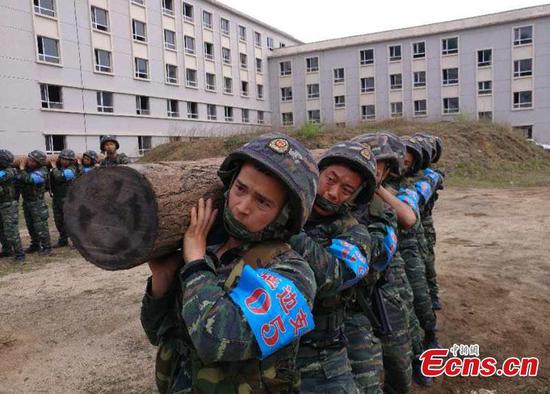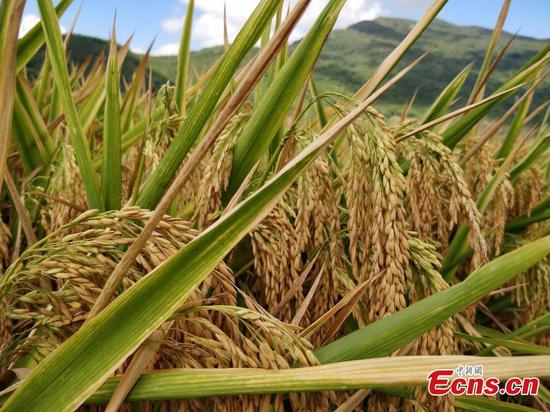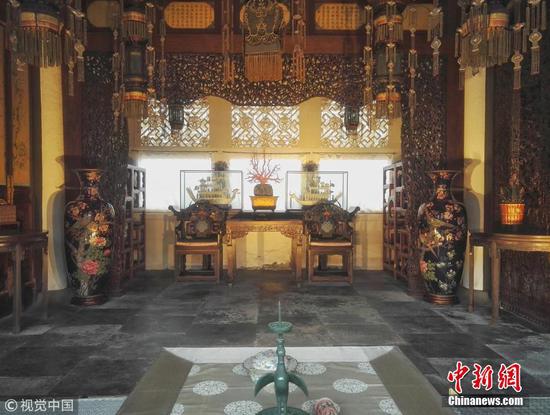The rapid expansion of electrolytic aluminum production in China has lost steam, following the government's decision to eliminate overcapacity in the industry, hot on the heels of similar moves in the steel and coal sectors.
Electrolytic aluminum output reached 2.69 million metric tons in July, a drop of 0.3 percent year-on-year, the National Bureau of Statistics reported on Monday.
"This is the first year-on-year drop since the beginning of the year, which means the policy of capacity elimination in the sector has started to take effect," said Che Hongyun, chief analyst at SDIC Essence Futures.
The cutback in output has led to higher prices, she added, emphasizing that aluminum futures may remain volatile in high levels.
The aluminum price at the Shanghai Future Exchanges bounced back again after it dipped earlier this week. It closed at 16,520 yuan ($2,465) per metric ton on Thursday, the highest price in almost five years,
In April, regulators including the National Development and Reform Commission announced the elimination of illegal projects-increases in capacity since May 2013-in the electrolytic aluminum sector within six months, which kicked off the capacity cutbacks.
Shandong province, the largest aluminum producing province in China, said on July 24 it would close 3.21 million tons of illegal projects, following similar measures by several other provinces.
China's electrolytic aluminum output was 31.64 million metric tons last year, accounting for 53.7 percent of the global total of 58.89 million tons, according to the International Aluminium Institute.
In addition, Shandong's output is currently at 11.98 million metric tons, 27 percent of China's total, according to Aladdin, a statistics platform.
"Aluminum inventories are now at historically high levels because of waning demand, which has dragged down prices," said Xu Ruoxu, an analyst at Shenwan Hongyuan Securities.
The surging aluminum price in early August came after the local government in Shandong announced that reductions in supply were much more than industry experts expected.
At that point, the price soared 13.58 percent from 14,545 yuan per ton on Aug 1 to 16,520 yuan on Thursday.
The market environment is now dominated by capacity reductions and higher inventories.
It would be difficult for the aluminum price to rise further, as it is already very high and the purchasing power of the spot market is weak, said Zhan Sheng, investment director of JZ Investment.
You Yang, a broker based in Hong Kong, said that the price may fall back, but not too much, as it is far higher than the acceptable level for downstream enterprises.
But Che stressed that the aluminum price may rise further not only due to the policy of eliminating illegal projects by October, but also because of moves to cut air pollution in Beijing, Tianjin and the surrounding 26 cities, including Shijiazhuang, Tangshan, Handan in Hebei province.
"Aluminum is the focus of attention by speculators, in spite of high inventories," Che said.
"Illegal capacity elimination is now at the implementation stage. The achievements will appear gradually," she added.
The air pollution prevention and control plan released by environmental authorities calls on Beijing, Tianjin and the surrounding 26 cities to shut down 30 percent of their electrolytic aluminum capacity in the winter heating season.









